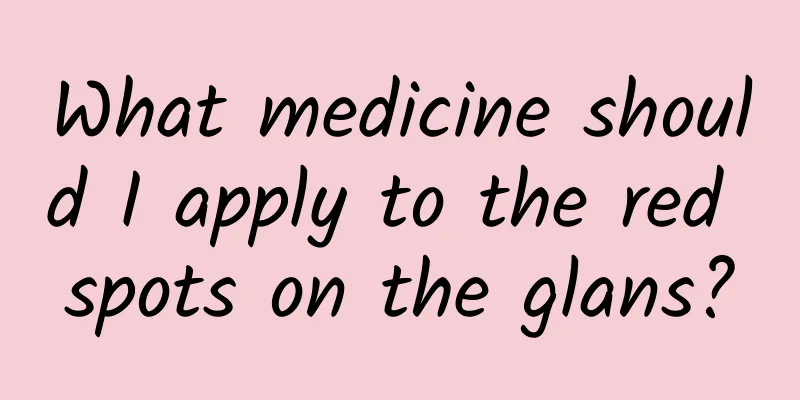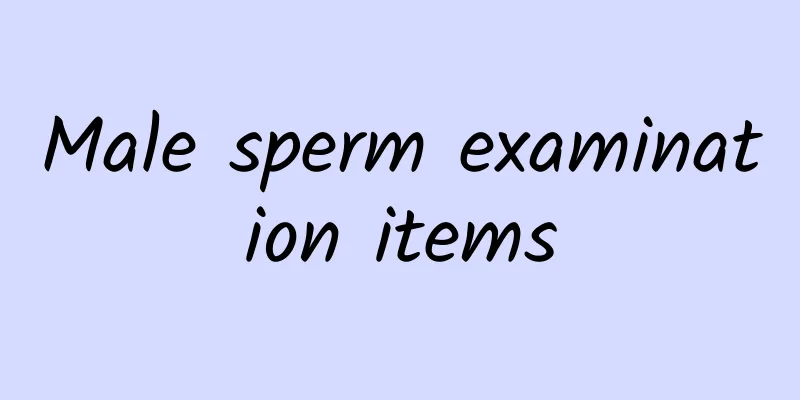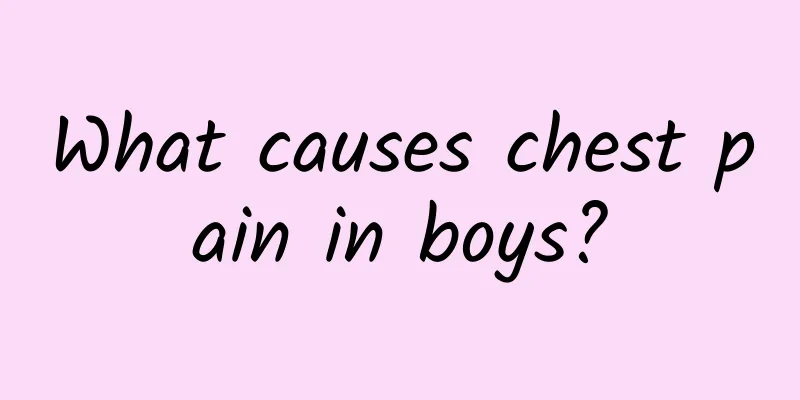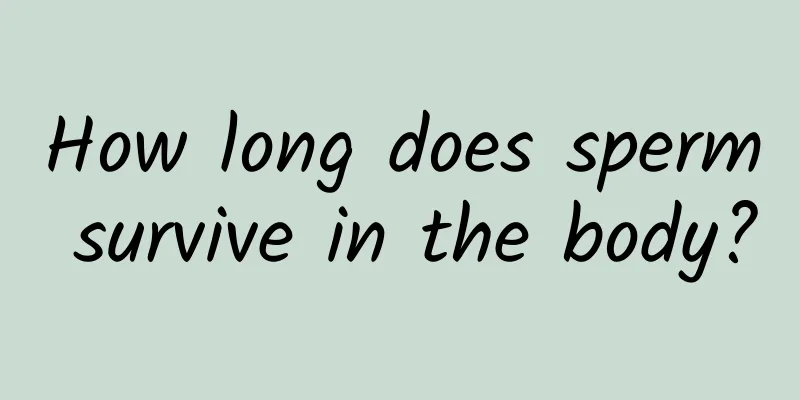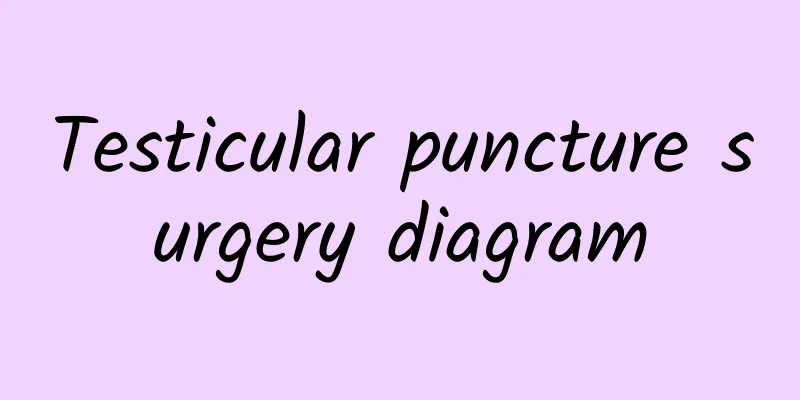What is the use of testicles?
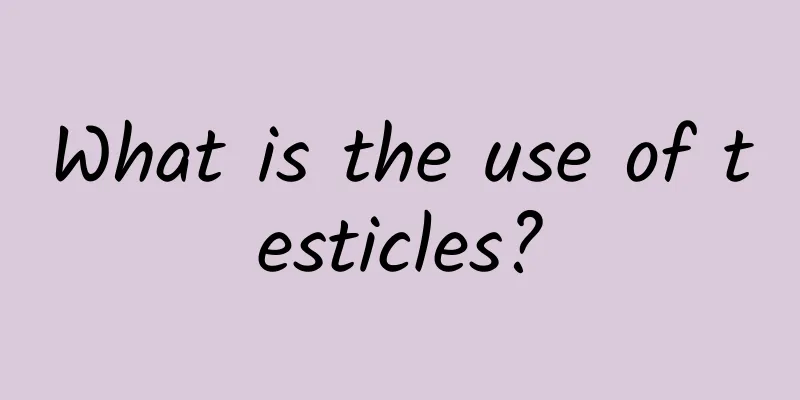
|
Everyone is familiar with the testicles, which are part of the male reproductive organs. The main function of the testicles is to produce sperm and secrete male hormones. In life, male friends must pay attention to the protection of the testicles to avoid a series of injuries and diseases of the testicles. Testicular diseases may not only affect themselves, but also affect the happiness of the family. So let's take a look at the role of the testicles! 1. Testicles The testicles are located in the scrotum, one on each side, and the left side is generally 1 cm lower than the right side. The testicles are slightly flattened elliptical, with a smooth surface, divided into inner and outer sides, front and back edges, and upper and lower ends. The front edge is free; the back edge has blood vessels, nerves and lymphatic vessels entering and exiting, and is in contact with the epididymis and the testicular part of the vas deferens. The upper end and the back edge are attached to the epididymis head, and the lower end is free. The outer side is convex, and the inner side is flat. The testicles grow rapidly with sexual maturity, and shrink and become smaller with the decline of sexual function in old age. 2. Structural characteristics The surface of the testis is covered with a thick fibrous membrane called the tunica albuginea. Along the posterior edge of the testis, the tunica albuginea thickens and protrudes into the testis to form the septum testis. From the septum testis, many connective tissue septa extend and divide the testicular substance into many testicular lobules. The testicular lobule contains the convoluted seminiferous tubules, the epithelium of which can produce sperm. The connective tissue between the tubules contains interstitial cells that secrete male hormones. The seminiferous tubules combine to form the straight tubules, which enter the testicular septum and interweave to form the rete testis. From the rete testis, 12 to 15 efferent ductules emerge, exiting the upper part of the posterior edge of the testis and entering the epididymis. Testicles are male internal reproductive organs. Normal men have two testicles, one on the left and one on the right side of the scrotum. Testicles are oval and grayish white. Adult testicles are 3.5-6 cm long, 2.3-4 cm wide, 2-2.8 cm thick, and each testicle weighs 16-67 grams. Generally, the left testicle is about 0.5 cm lower than the right testicle. Some people have one testicle that is larger than the other, or one that is higher than the other. If the difference is not too big, it is normal. There are a large number of curved seminiferous tubules in the testicles, which contain interstitial cells. The seminiferous tubules are where sperms are produced. The number of sperms produced in a person's lifetime is astonishing. One ejaculation of 3-4 ml contains 300-400 million sperms, and as few as 100-200 million. The number of sperms produced in a lifetime can reach more than 1 trillion. The production of sperms is easily affected by many factors such as temperature. If the temperature around the testicles is too high or affected by chemical toxins, sperm production will be hindered. Interstitial cells produce androgens, which are closely related to male secondary sexual characteristics and physiological functions. 3. Sperm production The internal structure of the testis is wrapped by a layer of tough tissue on the outside, called the white membrane, which protects the testis. The white membrane thickens and extends inward, dividing the testis into many small chambers, which are called testicular septa and testicular lobules. Normal men generally have 200 to 300 lobules, which are filled with testicular parenchyma, where sperm is produced, called seminiferous tubules. If a small piece of testicular parenchyma is cut and placed under a microscope for observation, it can be seen that the seminiferous tubules are thin tubes. In adults, the diameter of each seminiferous tubule is 150-250 microns, and the length of each is 30-70 centimeters, with the longest reaching 150 centimeters. There are about 300-1000 seminiferous tubules in a testis, with a total length of 200-300 meters. Obviously, the base for testicular sperm production is quite large. The seminiferous tubules in each testicular lobule merge into 2-3 straight seminiferous tubules to form the rete testis, which then merge into 15-20 testicular efferent ductules that communicate with the epididymis. Sperm enter the epididymis through this channel to mature. |
<<: Removal of human testicles
>>: What to do if your testicles burst?
Recommend
How do men build muscle?
I believe that many male friends have a belly bef...
The bad effects of bitter gourd on men
Buckwheat tea is a health product made by selecti...
What is selective impotence?
Impotence is a major physiological disease proble...
A man who had suffered from impotence for many years was cured with just one injection
Acupuncture is a traditional Chinese medical tech...
How to remove scrotal fat particles
How to remove scrotal oil particles? Many men are...
Why don't men do this after they poop?
First of all, men must urinate standing up, which...
Lung-protecting diet recommended for smokers
Traditional Chinese medicine believes that the lu...
What causes scrotal swelling and pain?
For men, once the scrotum becomes swollen and pai...
Identification of glansitis
When the human body discovers some symptoms, we w...
What are the disadvantages of male vasectomy?
For many families with children, opinions are mor...
How to increase sexual function
Sometimes adults are too shy to talk about sex, b...
What should I do if I get into trouble and have sex with my colleague?
Is there a colleague of the opposite sex who you ...
Men's Plaid Shirt
In today's society, people pay more attention...
What are the tests for premature ejaculation in men?
For men, impotence and premature ejaculation are ...
What is prostatic fluid leakage?
We all know that prostate disease has always been...

